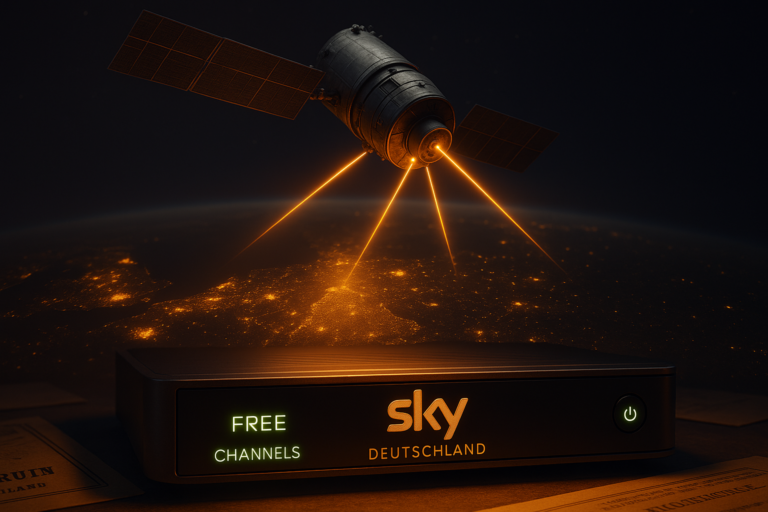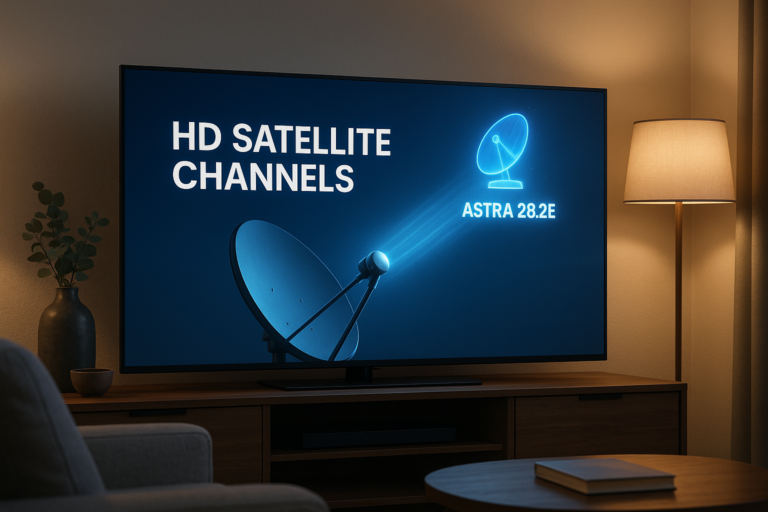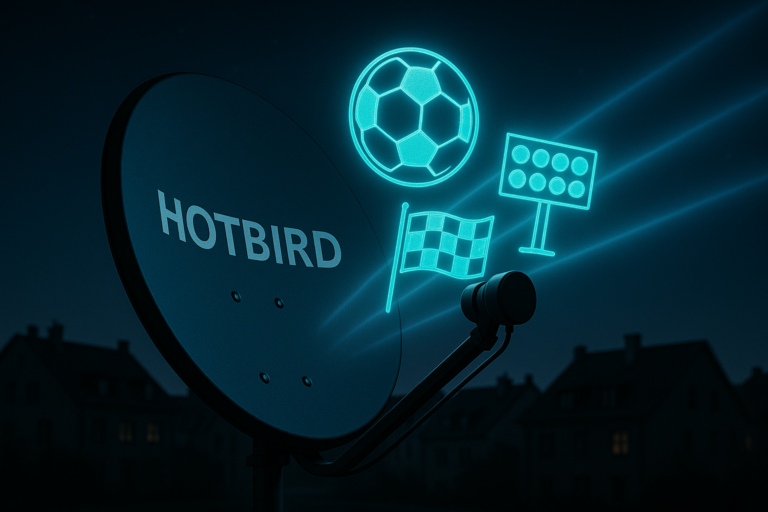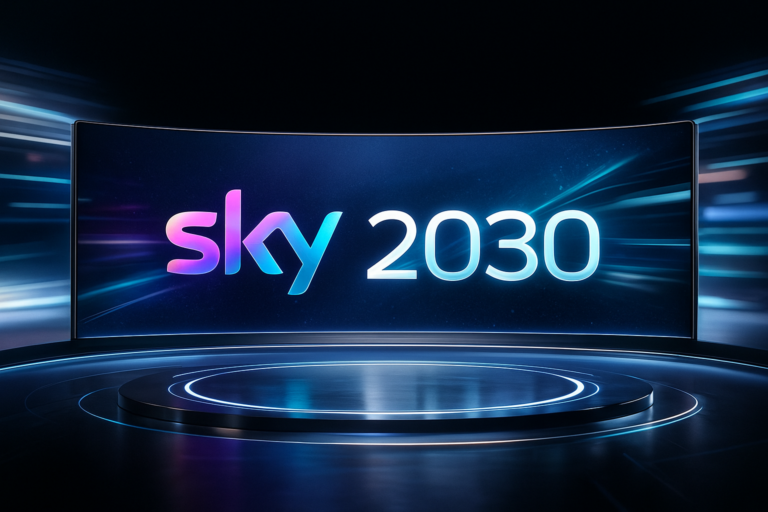Google TV vs Android TV in 2025: What’s Better in June?
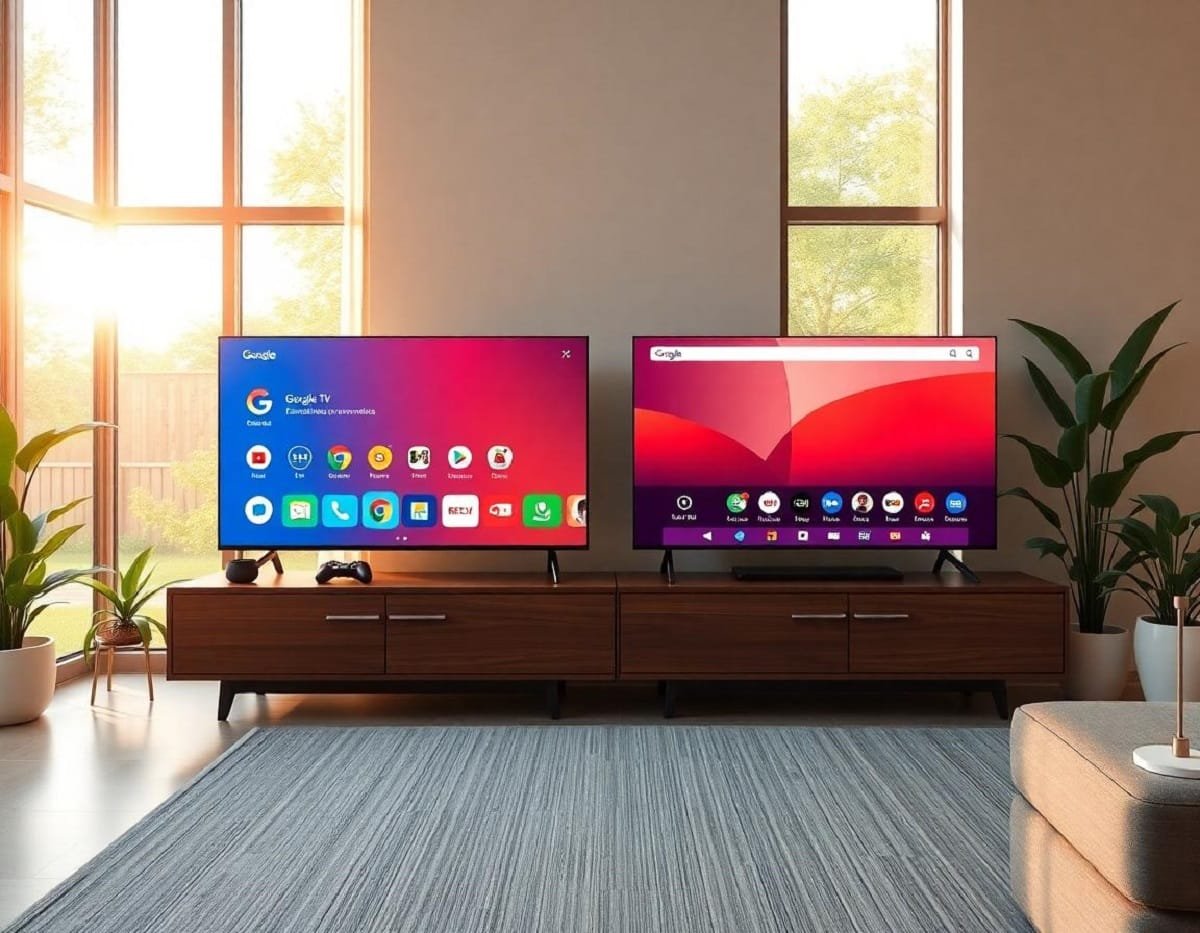
Google TV vs Android TV in 2025 [Updated June] Which Platform Works Best for You?
Smart TV platforms have come a long way, shaping how we watch and interact with content at home. By 2025, Google TV and Android TV have become two of the leading options, each with its own strengths. Choosing between them means understanding what sets them apart today and how they fit your needs. This comparison breaks down those details, helping you make a clear, confident choice.
Overview of Google TV and Android TV in 2025
When choosing between Google TV and Android TV in 2025, it’s helpful to start with a clear understanding of what each platform offers today. Both have grown and changed since their beginnings, but they still serve different types of users and devices. Let’s break down what Google TV and Android TV actually are, their key features, and where you can find them.
What is Google TV?
Google TV is a smart TV interface designed to bring all your streaming services into one easy-to-navigate place. It builds on the Android TV foundation but updates it with a focus on content discovery and personalization. By 2025, Google TV’s user interface has grown sleeker and more intuitive, presenting recommendations based on your viewing habits, subscriptions, and even live TV.
Some unique features introduced up to 2025 include:
- Unified search and watchlist that pulls data from multiple platforms into a single spot.
- Improved voice control with Google Assistant tightly integrated for hands-free navigation.
- Enhanced HDMI-CEC support allowing better syncing with connected devices like soundbars.
- A modernized home screen that blends apps, movies, shows, and games seamlessly.
Google TV targets users who want a straightforward, personalized experience that blends live and streaming content. Whether you’re into Netflix or watching live sports, it suggests what to watch next without toggling between apps.
For a deeper look, Google itself maintains the Google TV platform page, where you can see how the interface keeps evolving.

Photo by Jakub Zerdzicki
What is Android TV?
Android TV is the operating system Google launched back in 2014 as a flexible platform for smart TVs and streaming devices. Its goal was to bring the Android experience to the big screen with access to the Google Play Store and apps designed for TV.
By 2025, Android TV still powers many devices but feels more like a base layer compared to the more refined Google TV experience. It offers:
- A familiar Android app ecosystem built for TV.
- Customizable home screens, but generally less content-focused than Google TV.
- Support for traditional Android setup options, including sideloading apps.
Originally, Android TV focused mainly on functionality and app availability. Its role remains crucial for both manufacturers and users wanting straightforward smart TV OS without extra bells. Many affordable smart TVs and streaming devices still use Android TV for its stability and flexibility.
If you want to explore development or see the latest updates, you can visit the official Android TV overview.
Market Availability and Device Compatibility
By mid-2025, here’s where you’ll find Google TV and Android TV across devices:
- Smart TVs: Premium models from brands like Sony, TCL, and Hisense predominantly feature Google TV. Android TV remains common on budget and midrange models from some brands that haven’t fully switched.
- Streaming Devices: Google’s Chromecast with Google TV is the flagship streaming stick with Google TV. Other manufacturers release sticks and boxes running Android TV tailored for different budgets.
- Set-Top Boxes & Consoles: Android TV powers some boxes from third-party brands focusing on gaming and OTT playback. Google TV, being newer and more integrated, remains mostly on official Google hardware and select partners.
Both platforms also integrate well with smart home devices powered by Google Assistant, making them part of broader smart home ecosystems.
For ongoing reviews and device recommendations featuring Google TV, sites like RTINGS offer updated insights throughout 2025.
This foundation will help clear the air as we dive deeper into their differences, strengths, and weaknesses for choosing the right system in 2025.
User Interface and Experience Comparison
When it comes to daily interaction, the user interface (UI) and user experience (UX) are what shape your enjoyment and ease with smart TV platforms like Google TV and Android TV. In June 2025, both platforms have evolved, but they offer distinct approaches to design, content discovery, and smart features. Let’s explore how they stack up side by side.
Design and Navigation
The first thing you notice is how the two differ in their home screen layout and navigation style.
- Google TV presents a content-first layout, focusing on personalized recommendations front and center. The home screen blends shows, movies, apps, and live TV into a smooth scrolling grid with artwork and helpful snippets. Colors and fonts are sleek yet subtle, making browsing visually pleasant without overwhelming you.
- Android TV sticks to a more traditional app-centric design. You get clear rows of installed apps along with a row for “Recommendations,” but these are less integrated than Google TV’s system. It feels more like a smart device, showing apps first rather than trying to guess what you want to watch.
Navigation-wise, Google TV is optimized for simplicity. You scroll horizontally through categories, and vertical moves between sections feel natural. The search bar is always within quick reach at the top. Android TV offers basic navigation with a focus on app selection, but it can feel clunkier if you want to find content fast.
Customization on Google TV is limited; the system nudges you toward its curated recommendations rather than letting you reorder content blocks freely. Android TV offers more traditional options to move apps and adjust your home screen, catering to users who prefer manual control.
This comparison review highlights Google TV’s home screen as more inviting for casual viewers, while Android TV caters to experienced users who prioritize app access.

Photo by Karolina Grabowska
Content Discovery and Recommendations
Content discovery is the heart of how you find shows and movies without endless searching.
Google TV uses advanced AI-powered algorithms to analyze your viewing habits across different apps and services. It consolidates these into an easy-to-browse watchlist and recommends personalized content dynamically, factoring in your interests, subscriptions, and trending titles. Its unified search looks across apps, meaning you won’t miss a show just because it’s on an app you rarely open.
Android TV still supports personal recommendations but on a smaller scale. Its system relies mostly on installed apps’ own suggestions rather than a unified layer. Searching is straightforward but more app-by-app unless combined with Google Assistant.
In 2025, Google TV’s strength is in reducing friction — making it easier to settle on what to watch. Android TV feels like a platform waiting for you to take control, which some users appreciate for its openness but can be less friendly for viewers who want quick suggestions.
For more insight into this, 9to5Google’s June 2025 update discusses ongoing content interface tweaks improving Google TV’s recommendation systems.
Voice Control and Smart Home Integration
Both platforms integrate Google Assistant, but there’s a clear difference in how smoothly this runs.
- Google TV features deeply integrated voice search and commands. You can ask about shows, control playback, adjust settings, or even manage smart home devices like lights and thermostats without leaving your viewing experience. It’s designed to feel fast and natural whether you use the remote mic or a connected smart speaker.
- Android TV also supports Google Assistant, but the experience is slightly less fluid. Voice commands focus heavily on navigation and search, with smart home controls accessible but requiring extra steps. The integration works well though, especially if you pair Android TV with a Google Home setup.
Smart home connectivity is improving on both platforms with advancements in Google’s ecosystem in 2025. Google TV edges out slightly by reducing latency and enabling more contextual commands during media playback.
You can learn more about the smart home capabilities tied to these platforms on the official Google TV platform page.
In this UI and experience comparison, Google TV clearly targets viewers looking for a polished, content-centric experience that flows intuitively, while Android TV offers a flexible approach suited to those who want more control over their apps and navigation style. Both have strengths in voice and smart home use, with Google TV feeling a bit more seamless in day-to-day use.
Performance and Software Updates
When it comes to using Google TV or Android TV, performance and software updates play a big role. How smoothly the system runs, how quickly apps open, and how regularly you get security patches affects your daily experience. Both platforms share Google’s Android roots, but they handle these aspects in slightly different ways in 2025. Let’s take a closer look at stability, responsiveness, and update policies to see what to expect.
Operating System Stability and Responsiveness
You want your smart TV to feel quick and reliable — nothing slows down a cozy night of streaming faster than lag or crashes. Between Google TV and Android TV, there are some clear differences in how they handle speed and stability.
Google TV, built on the Android TV core with extra polish, tends to offer a smoother, more consistent experience. Its home screen and apps launch quickly with minimal delays. Thanks to optimizations focused on regular devices like Chromecast with Google TV and premium smart TVs, you get faster navigation and fewer hiccups. The system’s effort to keep resources in check means less freezing or stalling during use.
Android TV remains solid in stability, especially on budget and midrange devices. However, since it’s a more open and flexible platform, the experience can vary. Some devices may show slower app launches or occasional stutters, especially if the hardware is older or less powerful. Android TV is reliable but sometimes trades top-tier responsiveness for flexibility and extended compatibility.
One reason Google TV feels snappier is its focus on background tasks, managing memory efficiently without hogging power. Android TV lets manufacturers customize more extensively, which can introduce inconsistency across different models.
In sum, if you want a system that generally runs faster and feels more polished out of the box, Google TV has the edge. But Android TV holds strong for users who value choice and don’t mind tuning settings or dealing with minor speed trade-offs.
Update Policies and Security Enhancements
Software updates matter for long-term reliability and security. Here, Google follows a clear approach for both platforms, but with differences in timing and features.
Google rolls out monthly security patches to both Google TV and Android TV devices. These updates keep your system safe from new threats and improve stability. For example, the latest Android Security Bulletin from June 2025 shows Google’s commitment to patching vulnerabilities quickly for devices running Android 10 and up, which covers both platforms.
When it comes to feature updates, Google TV receives more frequent enhancements through Google System Services updates, bringing new user interface tweaks and performance improvements without waiting for a full OS upgrade. Updates to the Chromecast with Google TV often include refined voice controls, better app compatibility, and faster boot times. You can read about these incremental improvements in the Google System Services Release Notes.
Android TV devices receive essential updates as well, though the rollout can be slower due to device variety. Users often rely on their manufacturer’s update schedule. Still, guides like the Android TV Updates Guide help users keep their devices current with security fixes and new features. Google also delivers system updates through Google Play to improve app stability and introduce security patches without full firmware flashes.
If you want to check the latest update details specifically for Google TV devices, the official Chromecast support page is useful for manual update instructions and version tracking, such as the Chromecast and Google TV firmware versions.
Both platforms prioritize security, but their update frequency and delivery method reflect their positioning: Google TV as a more controlled, user-friendly experience and Android TV as a versatile but device-dependent system.

Photo by Jakub Zerdzicki
App Ecosystem and Gaming Capabilities
Picking a smart TV platform in 2025 means looking closely at the apps and games you can access. Whoever wins your vote, the availability and quality of apps, plus gaming options, will shape your overall experience. Google TV and Android TV share roots, but they handle these areas with some differences in store design, game support, and cloud gaming compatibility. Let’s break down how each platform stacks up in app offerings and gaming.
App Store and Popular Apps Support
Both Google TV and Android TV rely on the Google Play Store as their primary app marketplace. However, the experience and how apps are presented to you differ.
Google TV presents the Play Store with curated, TV-optimized apps front and center. The interface guides you toward popular streaming services, utilities, and games that work best with a TV remote. This curation helps avoid wading through apps that don’t fully support big-screen controls. You’ll find all the usual suspects like Netflix, Disney+, Hulu, YouTube, and specialized apps tailored for TV. The store experience is focused on ease of discovery and compatibility, making it simple for anyone to find what they need.
Android TV uses the Play Store in a more traditional sense, closer to what you might find on a tablet or phone. It often shows a wider range of apps, including some that aren’t fully optimized for TV navigation. This is a double-edged sword: you get access to more apps and can sideload unofficial ones, but navigating them with a TV remote can sometimes feel frustrating. For power users, this flexibility can be a benefit, but for casual viewers, the curated Google TV store feels less cluttered and more user-friendly.
Both platforms now support major apps updated regularly in 2025, benefiting from Google’s ongoing Play services improvements and security patches, which keep apps stable and responsive—something highlighted in the Google System Services details.
Overall, if you want an effortless app shopping experience focused on TV-friendly titles, Google TV edges out with its well-polished store. If you value app variety and customization, Android TV’s access may appeal more.
Gaming Performance and Cloud Gaming
Gaming on TV is no longer just an afterthought. Both Google TV and Android TV have stepped up their game support, but there are important differences in performance and cloud gaming readiness.
For casual games, such as puzzle titles, card games, or simple platformers, both systems perform well with smooth controls and quick loading. These are easy to pick up with any Bluetooth controller or compatible gamepad.
Cloud gaming is where things get interesting. Google TV, with its integration into Google’s ecosystem, offers strong support for cloud platforms like Stadia’s legacy (now winding down) and alternatives such as Xbox Cloud Gaming or NVIDIA GeForce Now through browser apps or dedicated apps where available. Android TV also supports these services, but due to its open nature, compatibility can vary depending on the device and the app version. Both platforms require a stable internet connection for the best experience.
Controller compatibility is robust on both platforms. They support Bluetooth gamepads—from simple remotes with gaming buttons to advanced controllers like Xbox and PlayStation pads. This makes picking up your favorite titles straightforward and enjoyable.
If you want to dive into playing any game on your smart TV, modern Google TV or Android TV devices handle this well, with Cloudbase.gg’s 2025 guide on smart TV cloud gaming explaining how to optimize setups for smooth streaming.
In summary:
- Casual gaming: Equal footing on both platforms.
- Cloud gaming: Strong Google TV integration with expanded support, slightly ahead.
- Controller support: Wide and solid on both, offering great flexibility.
Gaming on these platforms has come a long way, turning your TV into a versatile entertainment hub beyond just watching shows.
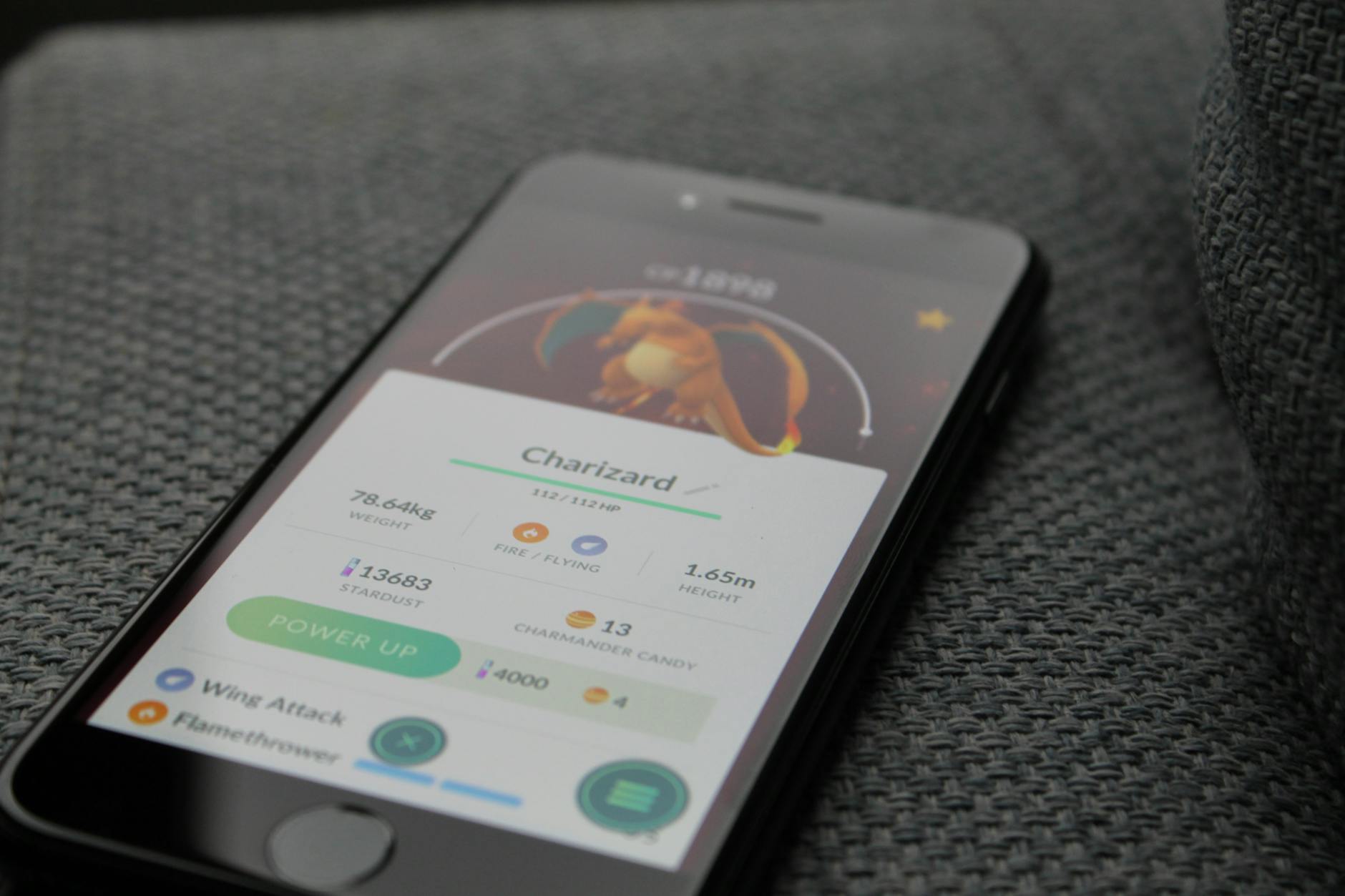
Photo by Anton
Which Should You Choose in June 2025?
Choosing between Google TV and Android TV in mid-2025 depends largely on how you plan to use your smart TV or streaming device. Both platforms have matured but serve different audience types and preferences. This section helps you match each system to your lifestyle, budget, and device options so you can make the best choice for your setup.
Best for Casual Viewers and Families
If your TV time mostly involves family-friendly streaming, casual show watching, or easy browsing through movies and apps, Google TV stands out as the better pick. It focuses on simplicity and content discovery, making finding something to watch almost effortless. Its personalized recommendations pull from all your streaming apps, so you don’t have to jump between services.
For families, Google TV also offers easy-to-use parental controls, profiles for multiple users, and a clean interface that kids can navigate with little help. The emphasis on a polished, uniform experience helps reduce confusion for everyone sharing the screen.
Android TV can work well for casual viewers but may feel less inviting due to its more app-heavy, less curated home screen. It’s more suited for people comfortable digging into apps and customizing their setup, but it’s not as straightforward for relaxed or less tech-savvy users.
If family ease and minimal fuss rank near the top of your list, Google TV is the friendlier companion.
Best for Power Users and Gamers
For those who want more control, fine-tuned customization, or better gaming options, Android TV still claims a strong edge. Its flexibility allows sideloading apps and tweaking settings, which appeals to users who like to tailor their smart TV experience. The app store presents a broader range of software, so if you want to experiment beyond mainstream titles, Android TV lets you dig deeper.
Gamers may appreciate Android TV’s wider support for third-party game emulators and streaming services that don’t always have native apps on Google TV. Android TV also supports Bluetooth controllers with minimal fuss, giving you more options to connect various peripherals.
Google TV is catching up on gaming features, especially cloud gaming compatibility, but power users who want to tinker or game extensively still find Android TV more inviting. If you enjoy discovering new apps or pushing your device’s limits, Android TV fits your workflow better.
Budget Considerations and Device Availability
Price and device options matter a lot when picking your smart TV platform. In June 2025, the landscape looks like this:
- Google TV devices, including the Chromecast with Google TV and many premium smart TVs from brands like Sony and TCL, tend to be priced slightly higher due to their polished interfaces and new features.
- Android TV powers a broad range of budget to mid-tier smart TVs and streaming devices, so you’ll find more affordable options built for stable performance without extra flair.
- If you want the simplest setup, Google TV’s flagship devices usually bundle advanced features and timely updates, which adds value but with a higher cost.
- Android TV is often found on cheaper smart TVs and streaming sticks, making it a solid choice if you want to save without sacrificing access to a wide app library.
Device availability also depends on your preferred brand. Many manufacturers have moved to Google TV for their higher-end models but still release entry-level Android TV devices to cover various price points.
For specific device recommendations and pricing updates throughout 2025, check out RTINGS’ latest TV reviews, which consistently track the best options for both platforms.

Photo By: Kaboompics.com, Pexels
Conclusion
Google TV and Android TV each fit different needs in 2025. Google TV offers a smoother, content-focused experience that’s perfect for casual users and families who want easy access to entertainment without fuss. Android TV gives more control and flexibility, appealing to power users and gamers who want to customize or explore beyond the usual apps.
Your choice will depend on what matters most: a polished, user-friendly platform or a versatile, customizable system. Both receive regular updates and support a rich app ecosystem, so either way you get solid value. Take a moment to think about how you watch TV and what features you prioritize, then pick the platform that suits your habits best. Thanks for reading, and feel free to share your own experiences with Google TV or Android TV in the comments.

